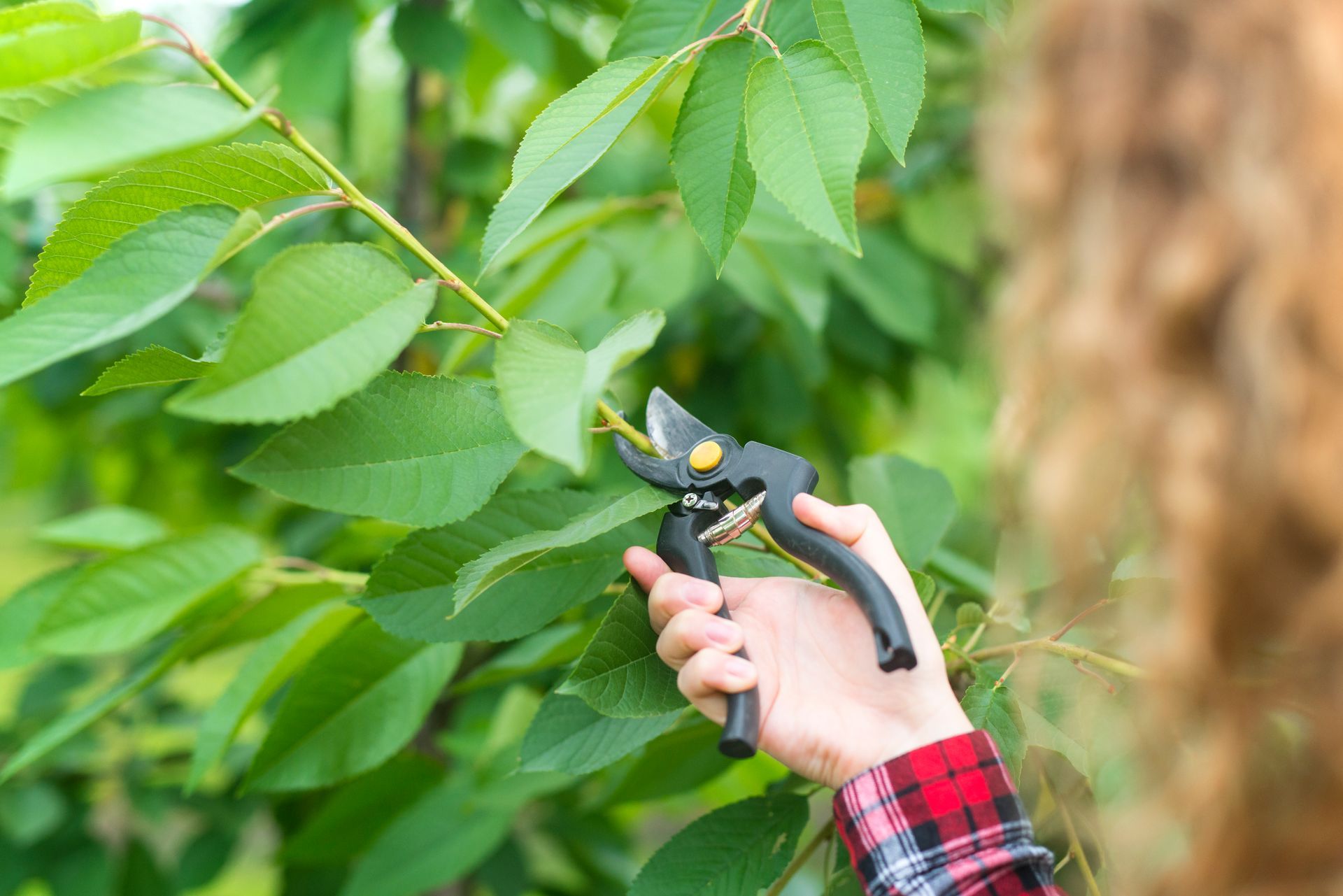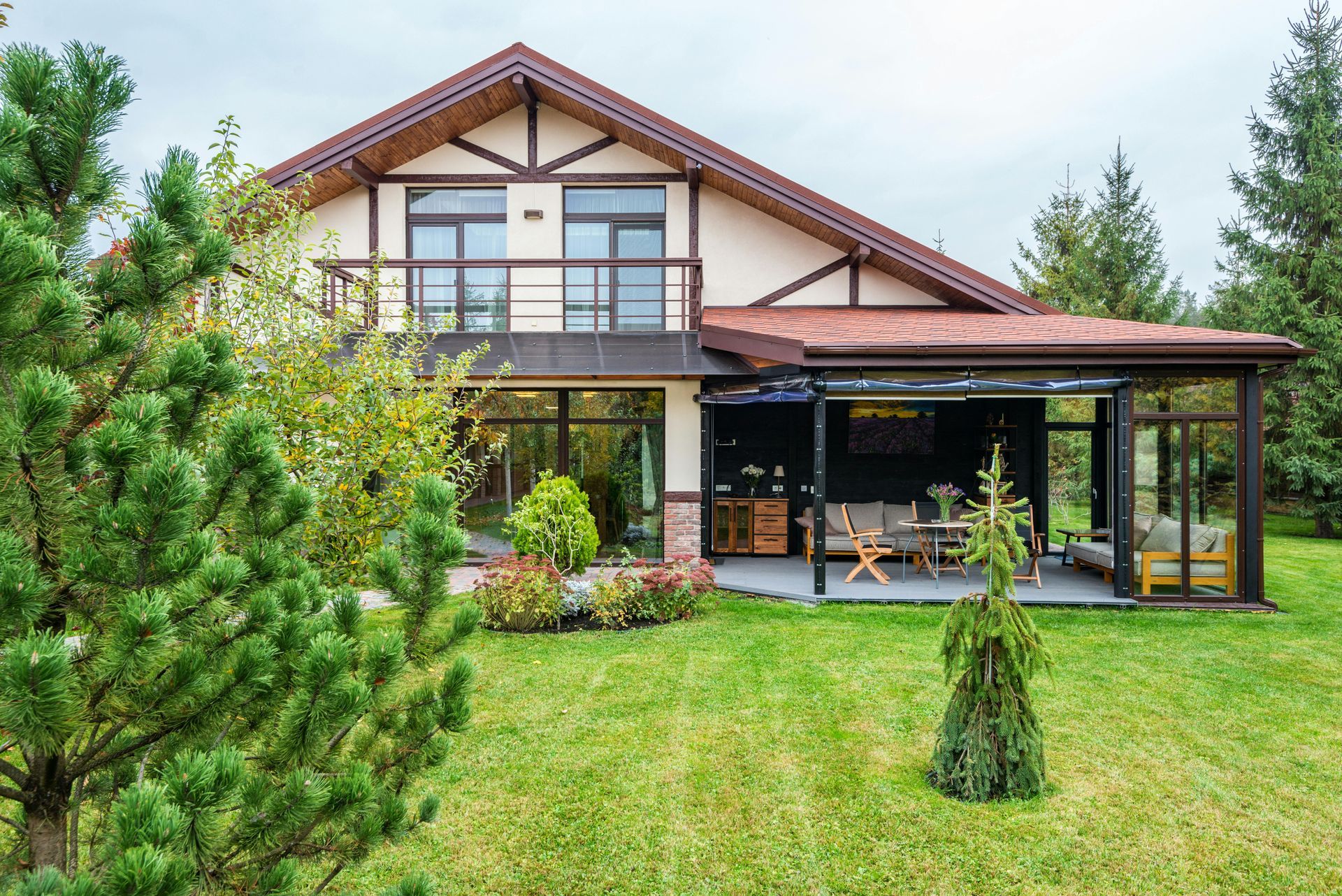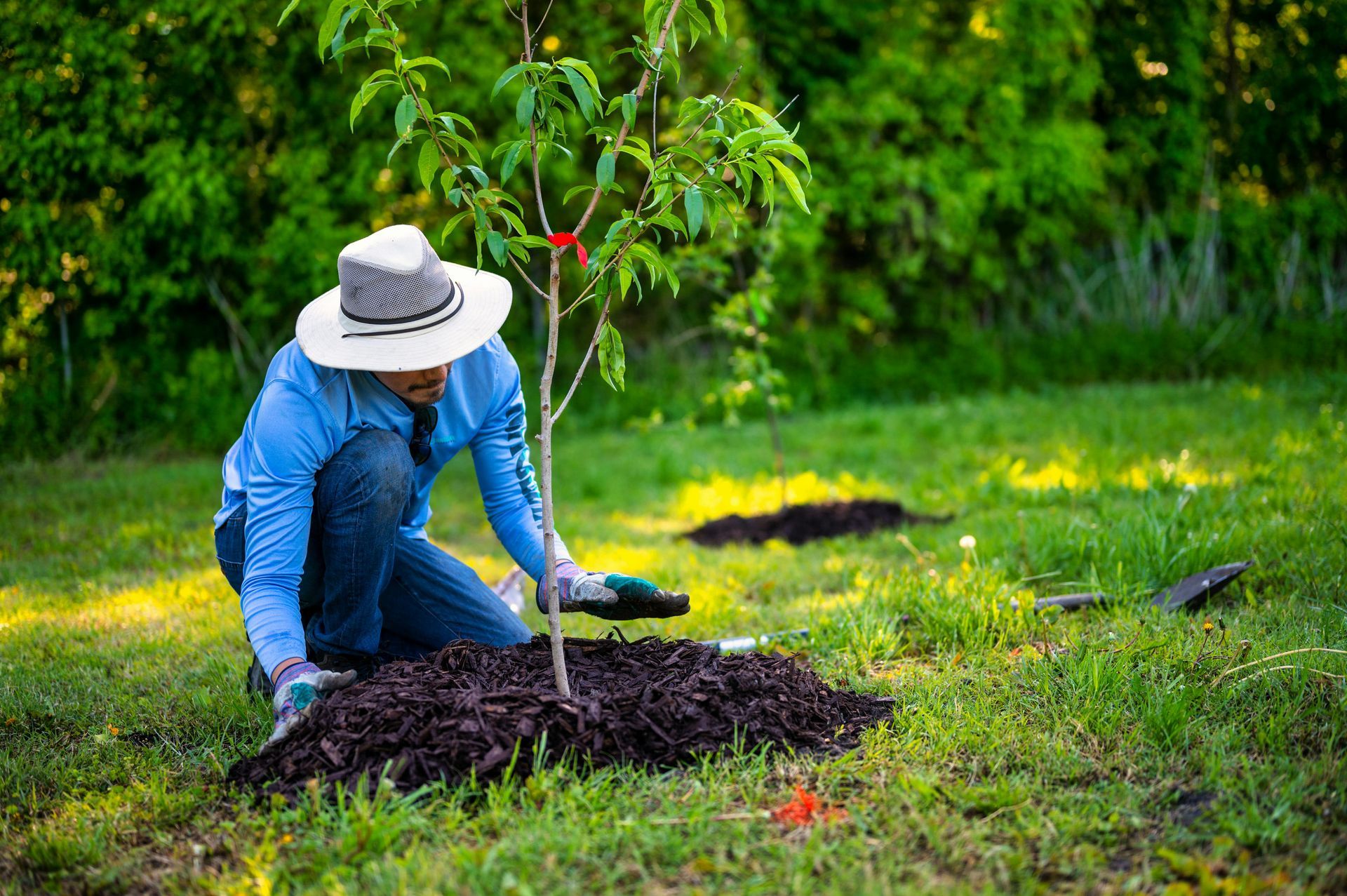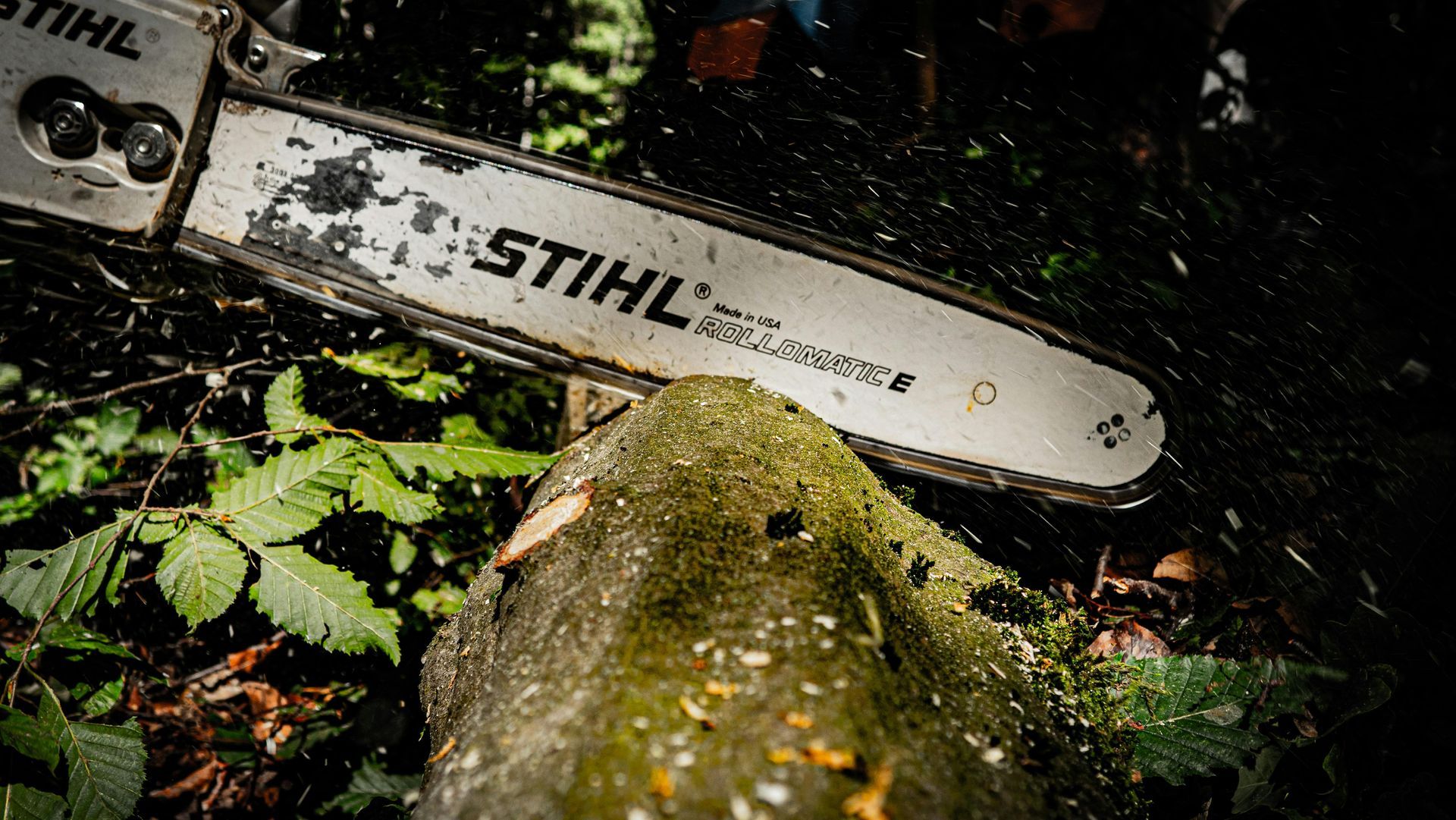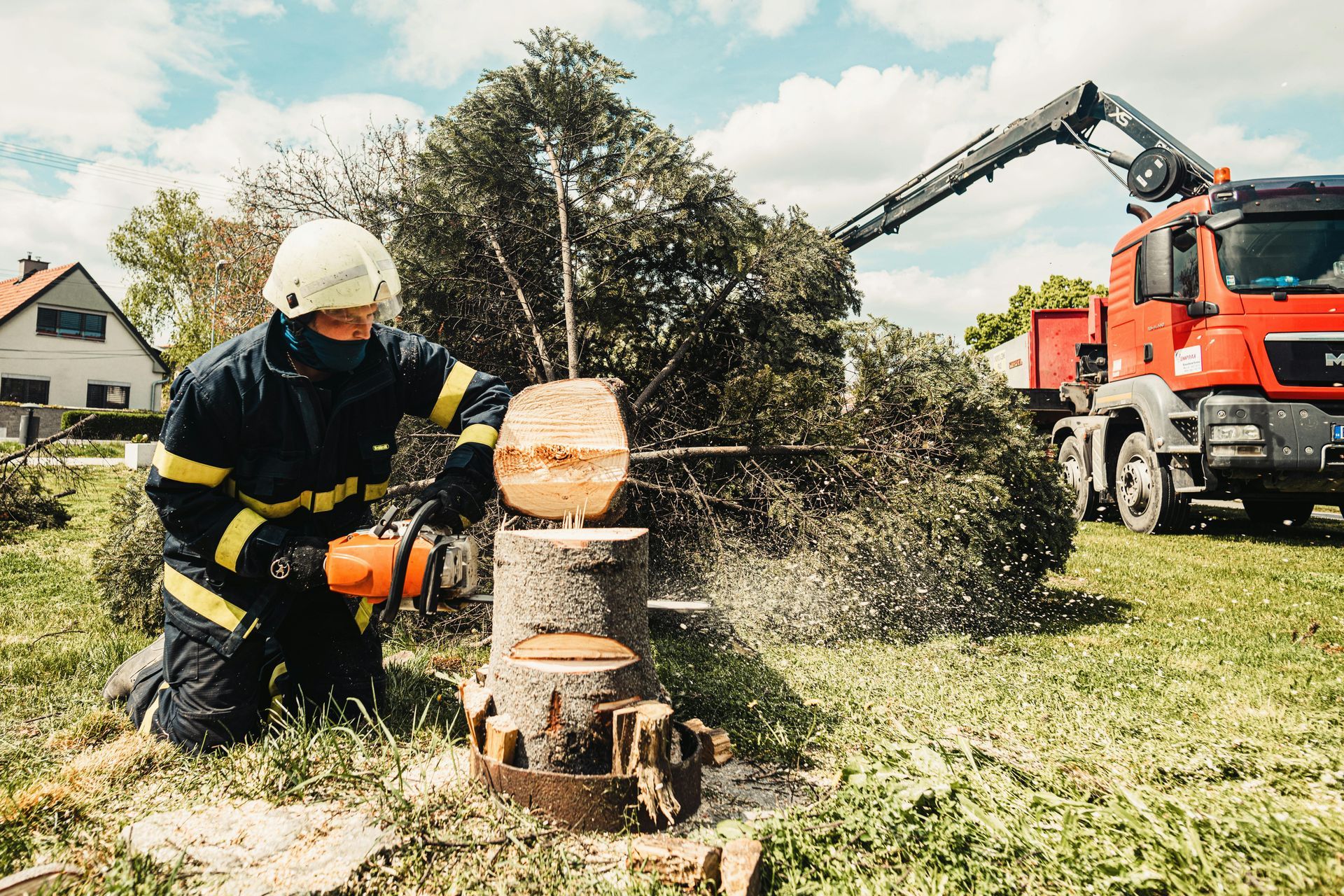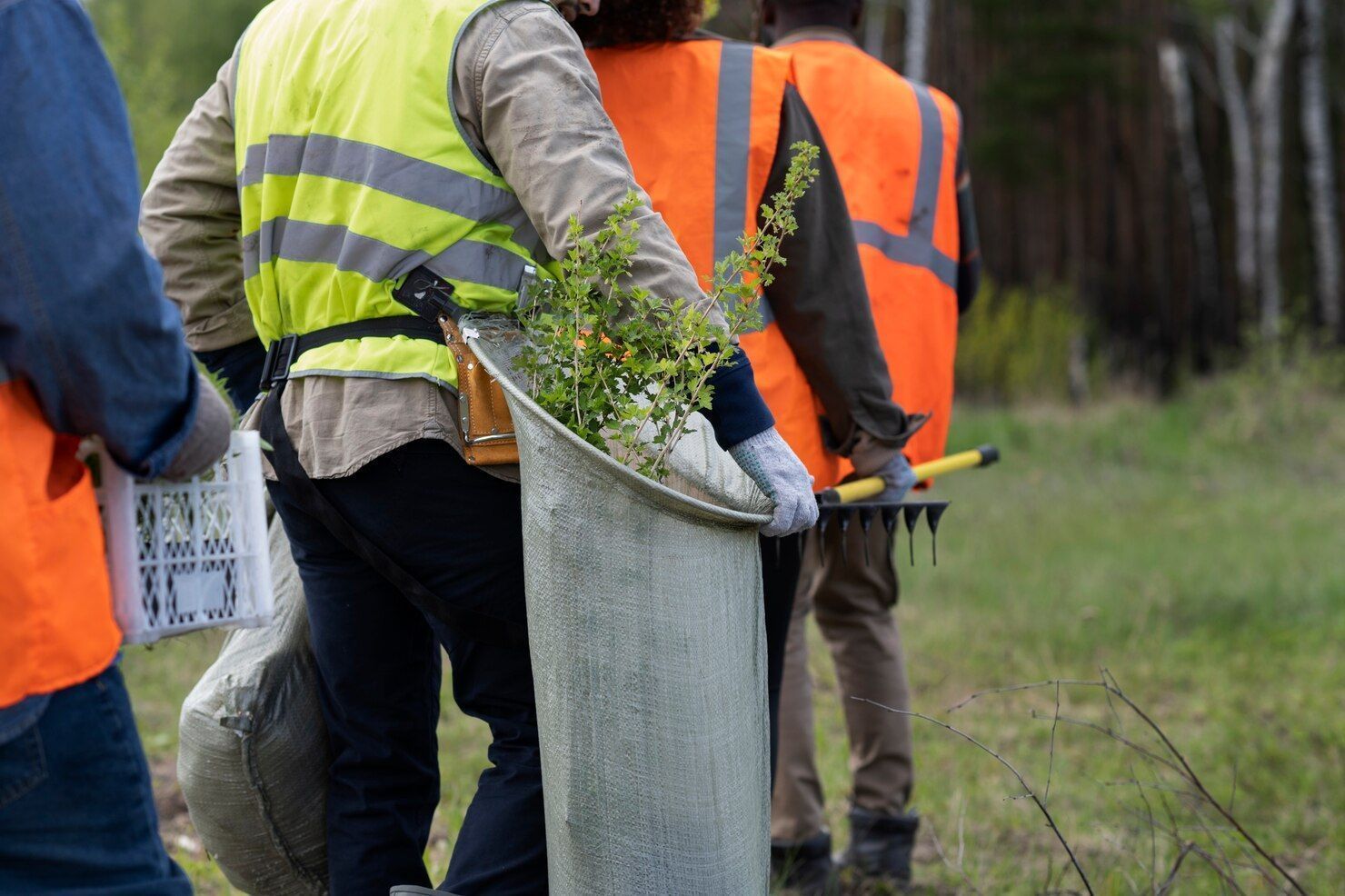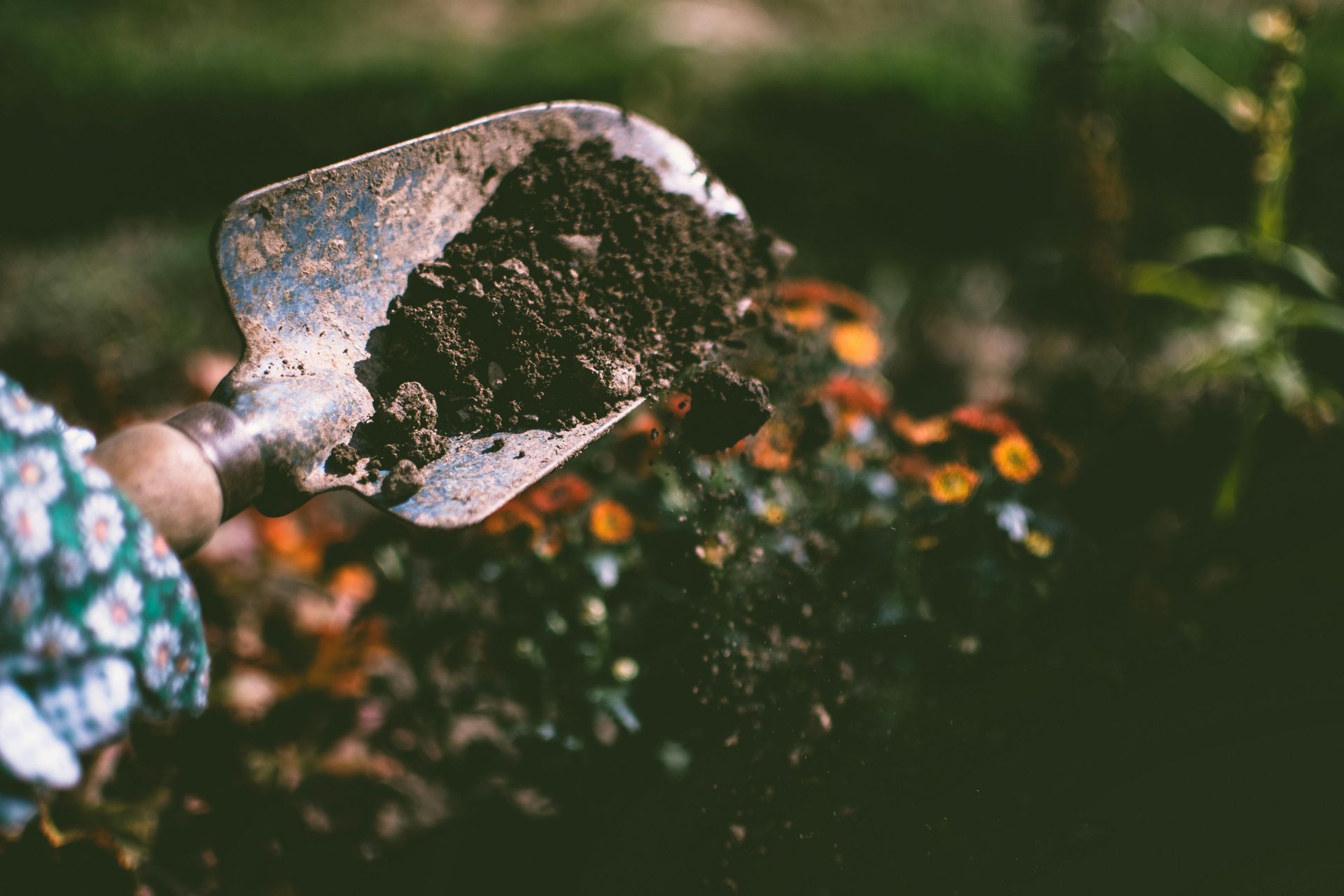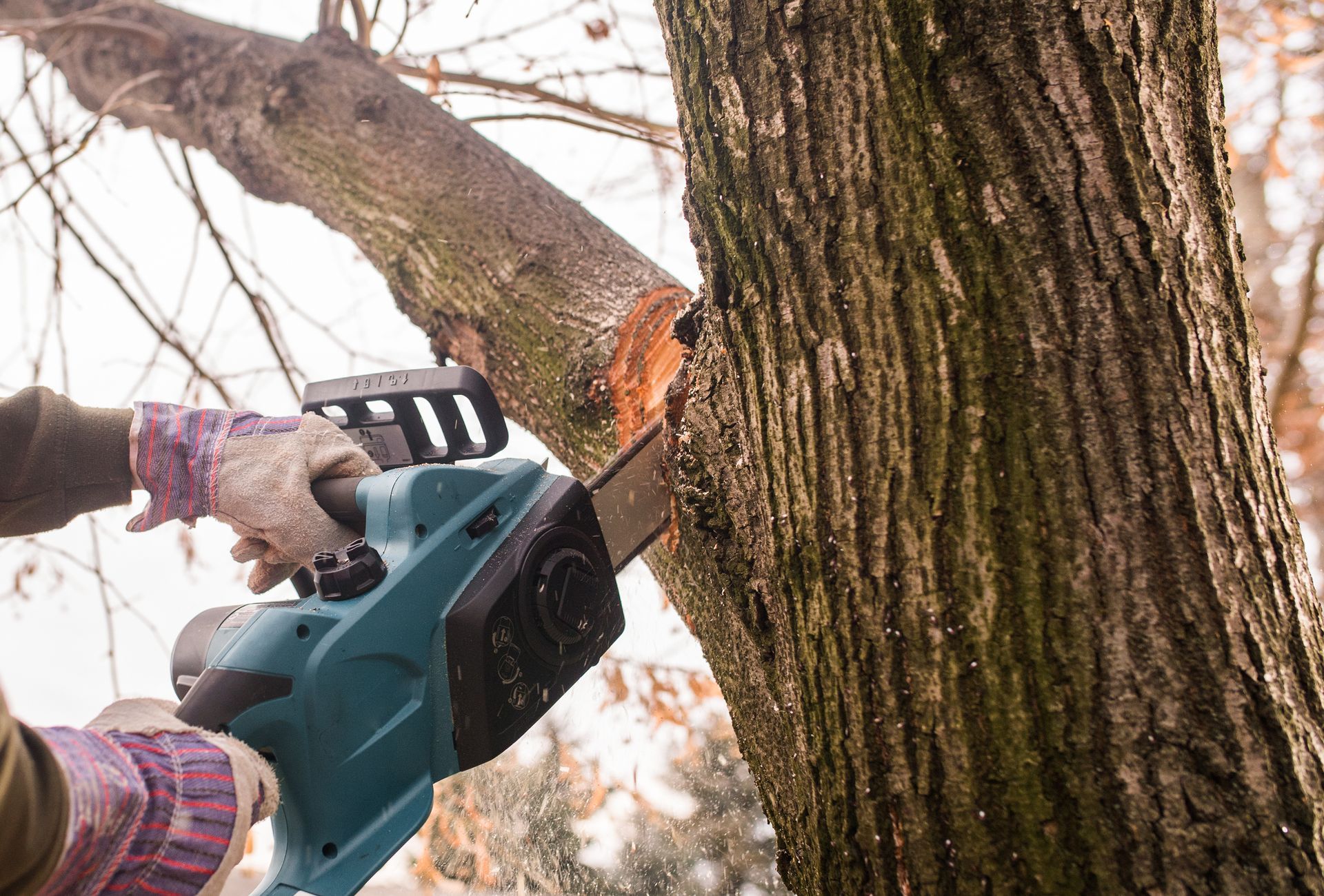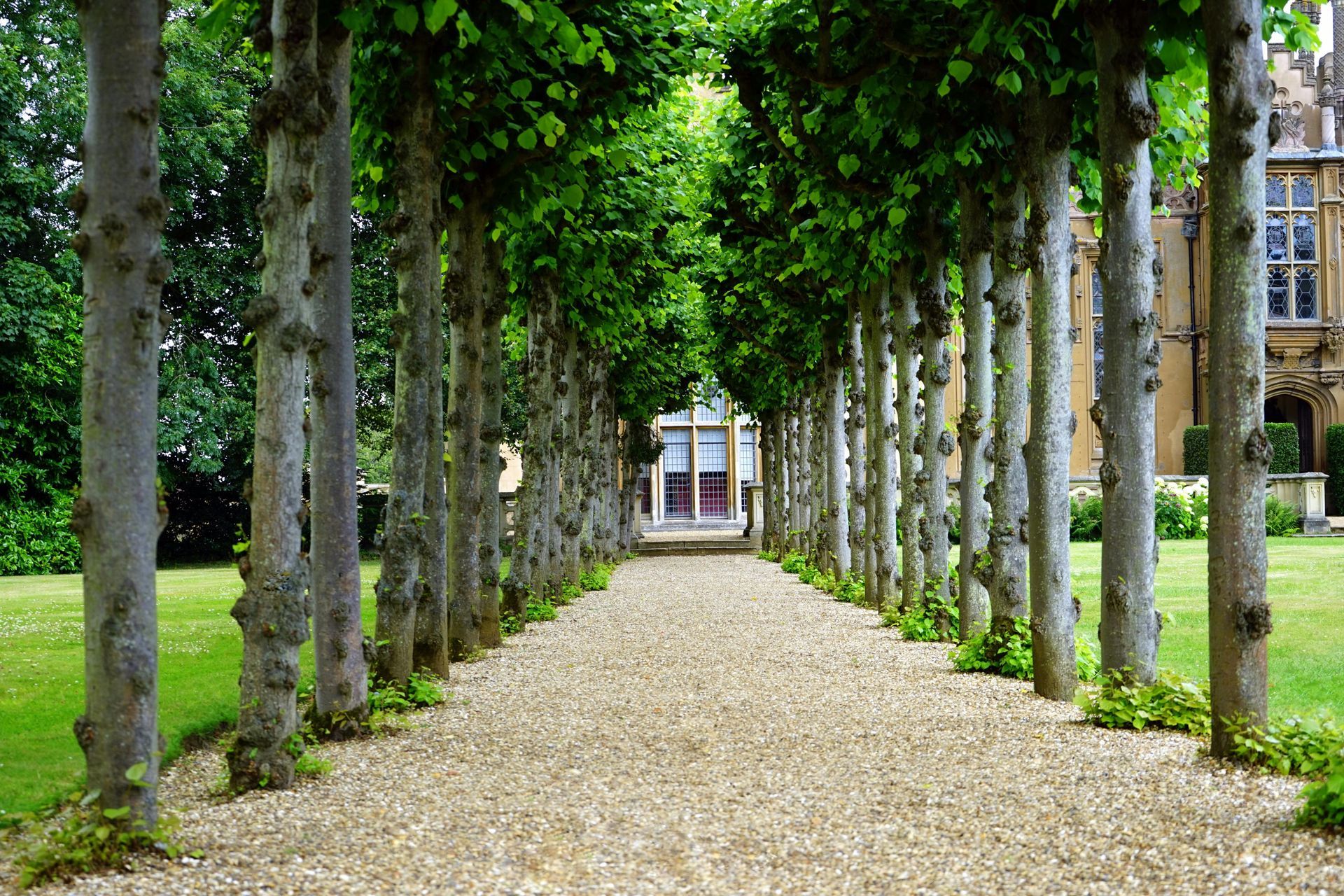Lamb Family Tree Care LLC
Professional Tree Planting Tips for a Greener Yard
Creating a beautiful yard is more than just mowing the lawn and planting a few flowers. If you want your outdoor space to look polished, inviting, and eco-friendly, nothing beats the power of trees. They provide shade, improve air quality, and boost property value. But
tree planting is not as simple as digging a hole and dropping in a sapling. With the right approach, you can set your trees up for long-term success. In this blog post, we will explore professional
tree planting tips to help you achieve a greener, healthier yard.
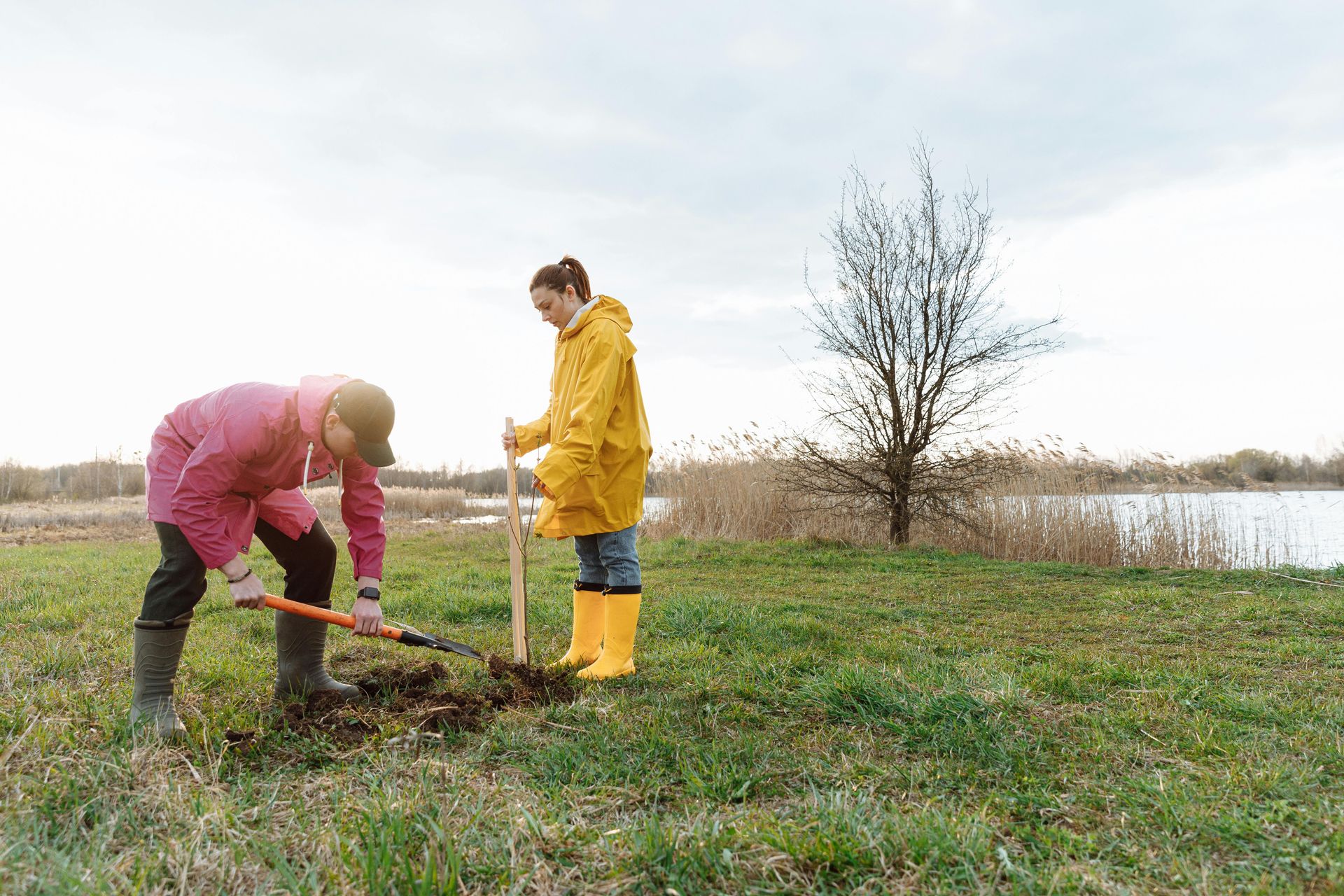
Why Professional Tree Planting Services Make All the Difference
Many homeowners are tempted to grab a shovel and try planting trees on their own. While it may sound easy, tree planting is more complex than you think. Soil conditions, root depth, spacing, and species selection all play major roles in whether your trees thrive or struggle. That is why professional tree planting services are so valuable.
Here are some key benefits of working with professionals:
Proper Species Selection
Not every tree fits every yard. Professionals understand which species grow best in your specific soil and climate conditions. Choosing the right tree means fewer headaches down the road.
Correct Planting Depth
Planting too shallow or too deep can kill a tree before it even has a chance. Professional tree planting ensures the roots are positioned at just the right depth for optimal growth.
Expert Spacing and Placement
Trees need space to grow. Professionals know how far apart to plant each tree so they do not compete for sunlight, water, and nutrients.
Ongoing Care Recommendations
Professional tree planting does not stop at installation. You also get advice on watering, fertilization, and trimming to keep your trees healthy.
Think of it this way: planting a tree is like raising a child. You can’t just bring it home and hope it figures things out. You need the right foundation and guidance for it to grow strong and flourish.
Residential Tree Planting: Choosing the Right Trees for Your Yard
When it comes to residential tree planting, homeowners often focus on looks alone. While appearance is important, other factors should come into play if you want long-lasting results.
Consider These Factors Before Planting:
Climate Compatibility
The tree you love may not love your local climate. Some trees thrive in cold New England weather while others prefer warmer, drier environments.
Growth Size
That tiny sapling may grow into a massive shade tree in 20 years. Will it crowd your home, damage your foundation, or block your neighbor’s view? Planning ahead is key.
Maintenance Needs
Some trees are low-maintenance, while others require regular trimming or fertilization. Be honest with yourself about how much time and effort you are willing to invest.
Purpose of the Tree
Are you looking for shade, beauty, privacy, or wind protection? Different trees serve different purposes, so your goals should guide your choices.
By considering these factors, you avoid common homeowner mistakes like planting a fast-growing but invasive tree too close to the house or putting a fruit tree in an area that’s hard to maintain.
A little foresight in your
residential tree planting strategy can save you years of frustration.
Professional Tree Planting Tips for Long-Term Success
Planting a tree is only the beginning. The way you care for it in the first few months and years can make all the difference.
Here are some tips from professional tree planting experts:
Dig the Right Hole
The hole should be two to three times wider than the root ball but no deeper than the tree’s root flare. This gives roots space to expand outward.
Loosen Compacted Soil
If your soil is dense, loosen it before planting. Roots need breathable soil to grow.
Water Immediately After Planting
Trees need consistent moisture, especially in the first two years. A slow, deep watering is much better than a quick sprinkle.
Add Mulch, But Not Too Much
Mulch helps retain moisture and regulate temperature. However, avoid “volcano mulching,” where the mulch is piled up around the trunk. That can suffocate the roots.
Stake Only When Necessary
While it may seem like a good idea, staking can sometimes weaken trees. Use stakes only if the tree is unstable or in a windy area.
Following these steps will help your new trees take root and thrive in your yard.
The Environmental and Financial Benefits of Tree Planting
Tree planting is not just about beauty. It also comes with major benefits for the environment and your wallet.
Environmental Benefits:
- Improved Air Quality: Trees filter pollutants and produce oxygen.
- Energy Savings: Strategically planted trees provide shade in summer and windbreaks in winter, reducing energy costs.
- Erosion Control: Tree roots stabilize soil and prevent washouts.
- Wildlife Habitats: Trees support birds, squirrels, and other wildlife.
Financial Benefits:
- Increased Property Value: Homes with mature trees often sell faster and for higher prices.
- Lower Maintenance Costs: Healthy trees provide lasting value without constant repairs or replacements.
- Reduced Utility Bills: Shade trees can cut cooling costs by up to 25 percent in the summer.
Planting trees is a win-win investment for you and the planet.
Call the Experts for Professional Tree Planting in Montville, CT
If you are ready to make your yard greener and healthier, our team at Lamb Family Tree Care LLC is here to help. We specialize in professional tree planting that sets your landscape up for success. Our experts know the soil, climate, and best practices for Montville, CT and the surrounding areas, so you can enjoy strong, beautiful trees for decades. Call us today at (860) 752-0488 to schedule your consultation and let us help you create the yard you’ve always wanted.
In addition to tree planting services, we also provide tree removal, tree trimming, and
tree fertilization to keep your yard looking its best all year round. Whether you are starting fresh with new trees or need help maintaining your current ones, Lamb Family Tree Care LLC is your trusted partner in tree care.
FAQs
When is the best time for tree planting?
Spring and fall are generally the best seasons because temperatures are mild, and trees have time to establish roots before extreme weather.
How much water does a newly planted tree need?
A new tree usually needs 10–15 gallons of water once a week, depending on rainfall. Deep, slow watering is best.
Do I need to fertilize newly planted trees?
Most new trees do not need immediate fertilization. Fertilizer is usually recommended in the second or third year once the tree is more established.
How do I know which type of tree is right for my yard?
A professional tree planting service can assess your soil, space, and goals to recommend the best species for long-term success.
Can I plant a tree close to my house?
It depends on the species. Some trees have aggressive roots that can damage foundations. A professional will help you choose a safe location.

